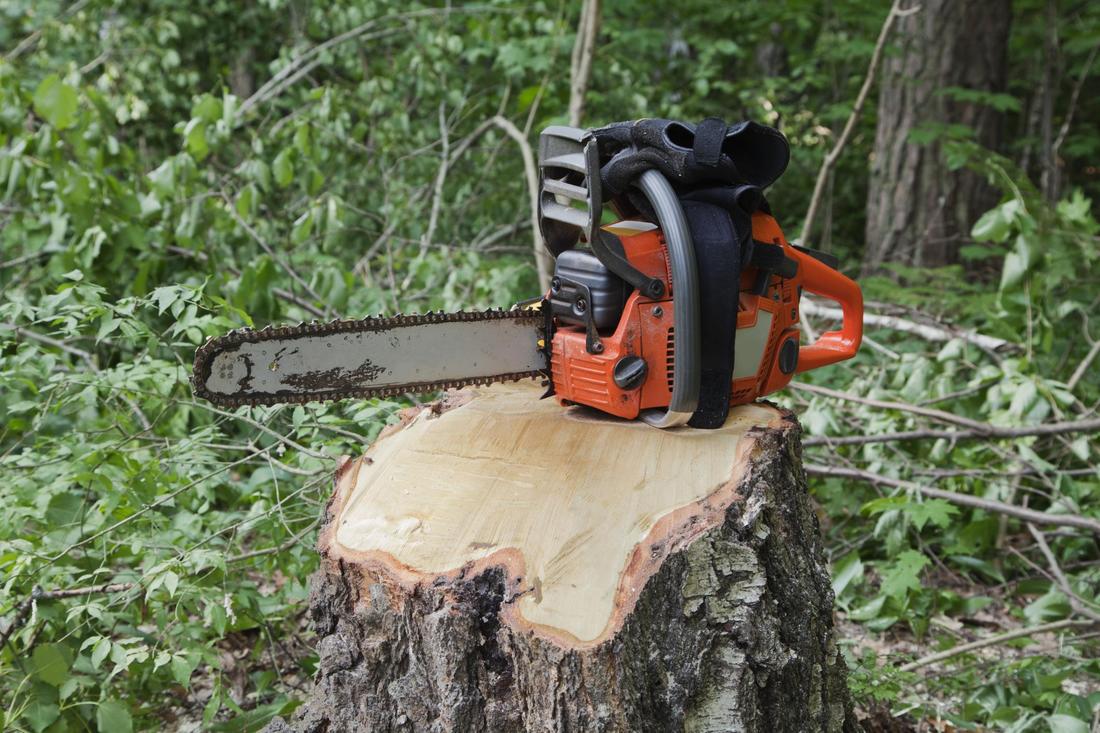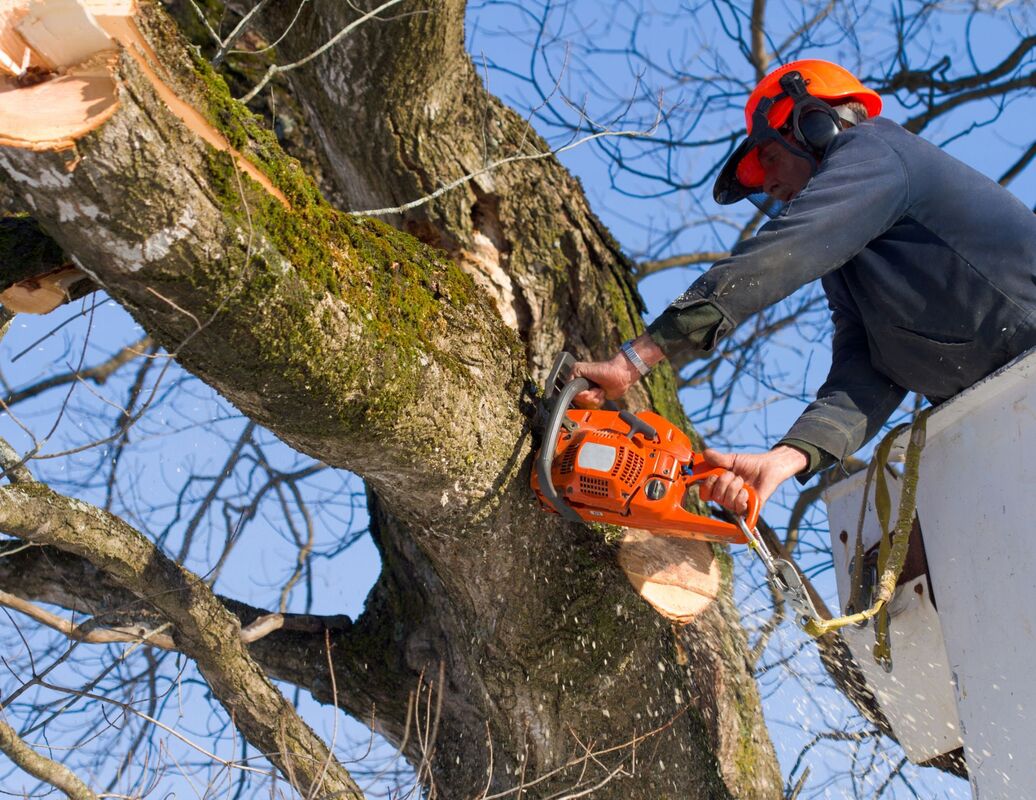The Blue Mountains is a breathtaking region known for its scenic beauty. The lush forests and towering trees that adorn this area contribute to its charm and appeal. However, there are times when tree removal becomes necessary to ensure the safety and sustainability of the landscape. Understanding the importance of tree removal in the Blue Mountains is crucial in maintaining the delicate balance between preservation and safety.
Understanding the Importance of Tree Removal in the Blue Mountains
Preserving the scenic beauty of the Blue Mountains is not just about leaving trees untouched. It requires a comprehensive approach that takes into account the well-being of both the environment and the community. While trees are essential for maintaining a healthy ecosystem, certain circumstances necessitate their removal.
The Balance Between Preservation and Safety
When it comes to tree removal Blue Mountains, the greatest challenge lies in striking a balance between preserving the natural landscape and ensuring the safety of residents and visitors. Trees can become hazardous due to disease, damage, or their proximity to infrastructure. Removing such trees is essential to prevent accidents and protect human lives.
Imagine a towering tree with branches that have weakened over time, posing a significant risk of falling during a storm. In such cases, tree removal becomes a crucial step in safeguarding the community. By carefully assessing the condition of trees and identifying potential hazards, arborists can determine which trees need to be removed to maintain the safety and well-being of everyone in the Blue Mountains.
The Role of Sustainable Practices in Tree Removal
While removing trees is sometimes necessary, it is equally important to do so in a sustainable manner. Sustainable tree removal practices aim to limit the impact on the environment while fulfilling safety requirements. This involves employing techniques that minimize damage to surrounding vegetation, soil, and wildlife habitats.
One such sustainable practice is the use of advanced equipment and methods that reduce the impact on the surrounding environment. For instance, arborists may utilize specialized machinery that can safely remove trees without causing excessive disruption to the soil or disturbing the delicate balance of the ecosystem. By carefully planning the removal process and considering the unique characteristics of the Blue Mountains, arborists can ensure that the natural beauty of the area is preserved even during tree removal activities.
Furthermore, sustainable tree removal practices also involve the responsible disposal of tree debris. Instead of simply discarding the removed trees, arborists often find ways to repurpose the wood, such as using it for mulch or donating it to local organizations for various projects. This not only reduces waste but also contributes to the overall sustainability efforts in the Blue Mountains.
The Process of Safe Tree Removal
Safe tree removal involves a meticulous step-by-step process designed to mitigate risks and minimize environmental impact. This process begins with the identification of hazardous trees and extends to the implementation of techniques that ensure safe and sustainable removal.
Identifying Hazardous Trees
Recognizing hazardous trees is key to a safe removal process. Trees with extensive decay, structural weaknesses, or compromised root systems pose a higher risk of falling or causing damage. Arborists and tree removal experts play a crucial role in identifying such trees and determining the most appropriate measures to be taken.
Arborists are highly trained professionals who have an in-depth understanding of tree biology and can assess the health and stability of trees. They use a combination of visual inspections, advanced technology, and their expertise to identify hazardous trees. For instance, they may use tools like resistograph to measure the density of wood and identify decay or use sonic tomography to assess the internal structure of the tree.
Once a hazardous tree is identified, the experts carefully evaluate its surroundings to determine the potential risks it poses. Factors such as the tree’s proximity to buildings, power lines, or other structures are taken into consideration. This detailed assessment helps in formulating a safe and efficient plan for removal.
Techniques for Minimizing Environmental Impact
Minimizing the environmental impact of tree removal is essential to the long-term health of the ecosystem. Various techniques can be employed to achieve this, such as directional felling, which involves carefully bringing down trees in a controlled manner to minimize disruptions to the surrounding environment.
During directional felling, arborists strategically cut the tree in a way that controls its fall and minimizes the risk of damage to nearby structures or vegetation. They carefully calculate the tree’s lean, evaluate wind conditions, and plan the direction of the fall to ensure maximum safety.

In addition to directional felling, specialized equipment like cranes can be utilized to further minimize environmental impact. Cranes allow for precise tree removal, reducing the need for heavy machinery and minimizing soil disturbance. This is particularly beneficial in areas with sensitive ecosystems or when preserving the surrounding vegetation is of utmost importance.
Furthermore, tree removal experts often employ practices like chipping the branches and trunk into mulch, which can be reused in landscaping or as a natural fertilizer. This not only reduces waste but also promotes sustainability by returning organic matter back to the ecosystem.
By implementing these techniques and following a comprehensive process, safe tree removal can be achieved while minimizing environmental impact. It is a delicate balance between ensuring public safety and preserving the natural beauty and health of our surroundings.
The Impact of Tree Removal on Local Biodiversity
Although tree removal may seem contradictory to preserving biodiversity, understanding its impact on the local ecosystem helps shed light on the matter. Examining the effects on flora and fauna as well as long-term ecosystem implications is crucial in making informed decisions about tree removal in the Blue Mountains.
When trees are removed, the consequences ripple through the delicate balance of the local ecosystem. The loss of trees disrupts the intricate web of life that relies on them, affecting not only the flora and fauna directly associated with the trees but also the entire ecosystem as a whole. For example, certain bird species rely on specific tree species for nesting, and the removal of these trees can force them to seek alternative nesting sites, potentially leading to a decline in their population.
In addition to birds, insects also depend on trees for various purposes. Some insects, like butterflies, lay their eggs on specific tree species, and the removal of these trees can disrupt their reproductive cycle. Furthermore, trees provide a vital food source for many insects, such as caterpillars, which rely on the leaves as their primary source of nutrition. Without a sufficient number of trees, these insect populations may decline, affecting the food chain and overall biodiversity.
Effects on Flora and Fauna
Removing trees disrupts the intricate web of life that relies on them. Some species, such as birds and insects, depend on certain trees for nesting or for food sources. When trees are removed, these species are forced to adapt or relocate, which can affect local biodiversity. Therefore, mitigating the impact on flora and fauna is essential during tree removal.
Furthermore, the removal of trees can also have indirect effects on other flora and fauna. Trees provide shade and shelter, creating microhabitats for various plant species to thrive. When trees are removed, the loss of these microhabitats can lead to a decrease in plant diversity, as some species may struggle to survive without the protection and favorable conditions provided by the trees. This, in turn, can have cascading effects on other organisms that rely on these plants for food or habitat.
Long-Term Impacts on the Ecosystem
Removing trees can have long-lasting effects on the ecosystem. Trees play a vital role in maintaining soil health, regulating water cycles, and providing habitat for countless organisms. Their removal can lead to soil erosion, altered water dynamics, and changes in microclimates. To minimize these long-term impacts, careful planning and reforestation efforts are necessary.
Soil erosion is a significant concern when trees are removed from an area. The roots of trees help bind the soil together, preventing erosion caused by wind and water. Without trees, the soil becomes more vulnerable to erosion, which can lead to the loss of fertile topsoil and the degradation of the land. This not only affects the immediate area but can also result in sedimentation in nearby water bodies, impacting aquatic ecosystems.
Moreover, trees play a crucial role in regulating water cycles. They absorb water from the soil and release it into the atmosphere through a process called transpiration. This process helps maintain a balanced water table and prevents flooding. When trees are removed, the water cycle is disrupted, leading to altered water dynamics in the area. This can result in increased runoff, reduced groundwater recharge, and potential water scarcity for both humans and wildlife.
Additionally, the removal of trees can cause changes in microclimates. Trees provide shade, which helps cool the surrounding area, reducing the heat island effect in urban environments. They also act as windbreaks, protecting against strong winds and reducing evaporation. Without trees, the local climate can become hotter and drier, impacting both the flora and fauna adapted to the previous microclimate. Reforestation efforts are crucial to restore these microclimates and ensure the long-term sustainability of the ecosystem.
Regulations and Guidelines for Tree Removal in the Blue Mountains
Tree removal in the Blue Mountains is governed by regulations and guidelines to ensure that it is carried out in a responsible and sustainable manner. Adhering to these guidelines is crucial for maintaining the beauty and ecological integrity of the region.

Local Laws and Permissions
Before undertaking any tree removal activities, it is essential to be aware of the local laws and regulations pertaining to tree removal. Depending on the jurisdiction, permits may be required for certain tree removal projects. Understanding and following these laws helps prevent unauthorized or improper tree removal.
Best Practices for Compliance
Compliance with regulations is not only a legal requirement but also an ethical responsibility. Best practices for tree removal in the Blue Mountains emphasize the use of trained professionals, proper equipment, and sustainable techniques. Following these practices ensures that tree removal is carried out in a manner that safeguards the environment while meeting safety requirements.
Community Involvement in Sustainable Tree Removal
Preserving the scenic beauty of the Blue Mountains and ensuring sustainable tree removal practices require the collaboration and involvement of local communities. Raising awareness and fostering community participation can lead to a greater understanding and appreciation for the importance of safe tree removal.
Educating the Public on Safe Tree Removal
Public education plays a vital role in promoting safe tree removal practices. By disseminating information about the reasons behind tree removal and the techniques employed, communities can better understand the need for these actions. Education campaigns can help dispel myths, address concerns, and encourage responsible behavior.
Encouraging Community Participation in Preservation Efforts
Involving the community in preservation efforts fosters a sense of ownership and stewardship. Citizens can actively participate in tree planting initiatives, restoration projects, and public consultations regarding tree removal decisions. Encouraging community participation ensures the preservation of the scenic beauty of the Blue Mountains for future generations.
In conclusion, preserving the scenic beauty of the Blue Mountains requires a thoughtful and comprehensive approach to tree removal. Understanding the importance of removing hazardous trees, employing sustainable practices, and considering the impact on local biodiversity are vital in maintaining the delicate balance between preservation and safety. By adhering to regulations, educating the public, and encouraging community involvement, the Blue Mountains can continue to see safe and sustainable tree removal practices that enhance its natural beauty.
More to read: The Expertise You Need for Professional Tree Removal


Comments are closed